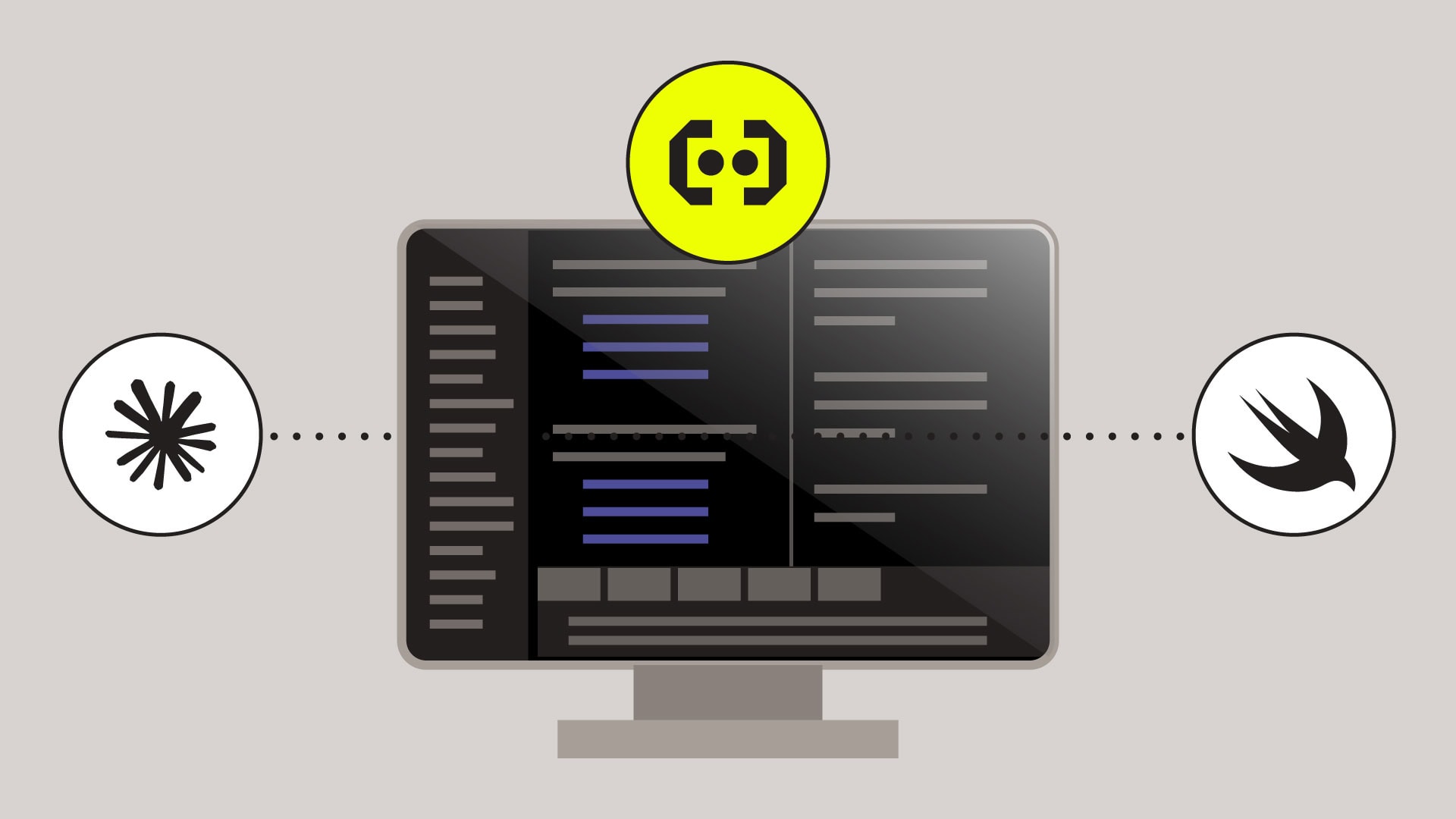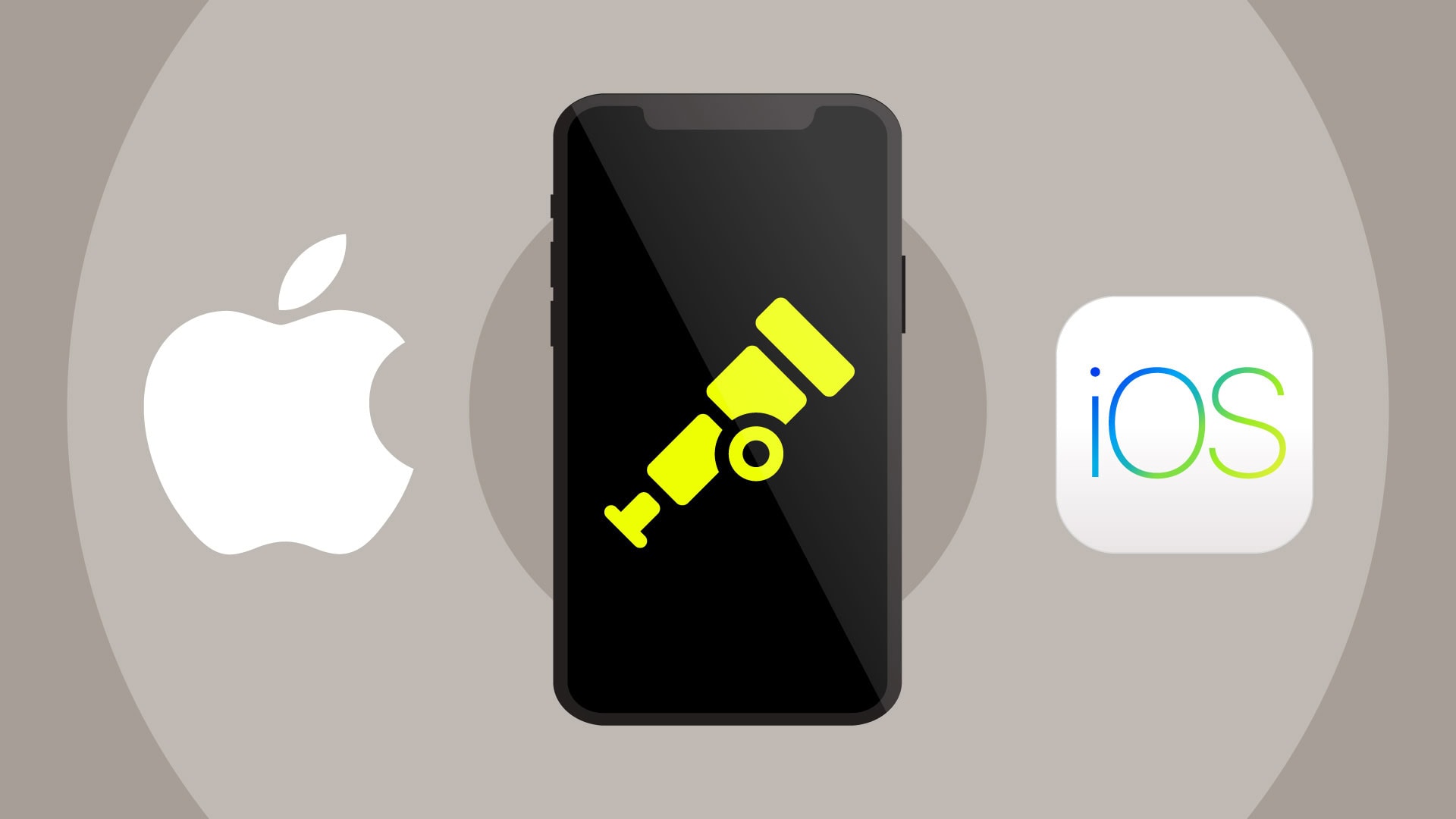
Many iOS developers rely on extensions to add custom functionality and content to their app, as well as to make that functionality and content available to users while they’re interacting with other apps (such as iMessage, Mail, etc.) or with the operating system.
Popular extensions include:
- iMessage, which allows users to access features of your iOS app while sending messages.
- Widget, which lets you display your app’s content in a convenient, informative widget on various devices.
- Intents, which lets your app interact with Siri. Apple currently supports over 30 different extension types for iOS.
While extensions aren’t actually part of your host app’s code, they do serve as an important component to your user experience. Users will not conceptually differentiate where your host app ends and where an extension begins when they’re using that functionality. For example, if a user is using your iMessage extension and it fails, they won’t attribute that failure to iMessage but to your app. That said, it’s crucial to monitor the health of any extensions you’re attaching to your app.
Now, iOS engineers using Embrace can track crashes, latency, and other issues happening within their extensions, thanks to a new support feature.



